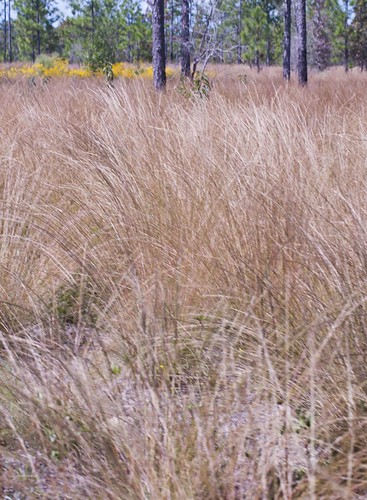
What happens when you get two energized agriculture economists together? Possibly one of the best economic tools out there for farmers using or considering cover crops. The Cover Crop Economics Decision Support Tool, an Excel spreadsheet, was created by two economists with USDA’s Natural Resources Conservation Service – Bryon Kirwan in Illinois and Lauren Cartwright in Missouri. The tool has taken off with great success, and the second version was released last fall.
“Where this tool has landed is not what we initially envisioned,” said Kirwan. “We wanted to build a tool valuable for producers and planners locally, and we have received many positive comments. Then it took off.”
It took almost 16 months before the first version was released. Kirwan and Cartwright worked as a team while still performing their other duties. “The idea came from an outgrowth of conversations and shared interest,” said Kirwan. “Our backgrounds complemented each other’s strength and weakness. We wanted this to be a science-based tool and focused on making it logical and easy to use.”
Kirwan came with a strong economic and agronomic background working for NRCS and Illinois Extension Service for many years as well with practical experience owning a farm. Cartwright has degrees in environmental science and economics and is strong in programming. She has created seven other economics tools. Between the two they became, and remain an effective team.
The tool uses a few preset values, mostly to get the user started. Those values can all be changed. Once data is entered, the cost factor and benefits will be calculated for both long-term and short-term. The software can save up to five scenarios, but there’s always the option to print copies if more are needed. There is a text box to type specifics that meet the location needs and specification such as climate, region and soil types.
Cartwright said she saw the need for the Cover Crop Economics Decision Support Tool while attending soil health demonstrations. They often featured nationally known farmers who talked about the benefits of incorporating cover crops into their farming operations.
“I would be at these workshops, and I would hear these guys say back-of-envelope things like ‘I produce corn for less than $2 a bushel.’ And I found myself thinking ‘That’s good. But how did you get to that point, and how much did it cost to get there,’” she said.
The tool is designed to assess individual situations. But there are a few basics that become evident in general. For example, the tool indicates that a long-term commitment to making cover crops work is the key to maximizing their benefits, and incorporating grazing improves the short-term economics.
Cover crops and improved soil health provides lots of benefits, such as improved water quality and wildlife habitat, but Kirwan and Cartwright designed this tool to take into account only their on-farm economic benefits.
Kirwan and Cartwright have gone on the road showcasing the tool on webinars and personal appearances at Purdue University, University of Missouri and Arkansas State University. “The tool went through a peer-review that included agency employees, university staff and private companies,” Kirwan said.
They wanted to make sure the tool was rigorous and unbiased. Future versions may address new technologies and risk factors. Kirwan said, “The tool is intended to be dynamic so the work is never done.”
Download the cover crop tool. To get started with NRCS, visit your local USDA Service Center or www.nrcs.usda.gov/GetStarted.

